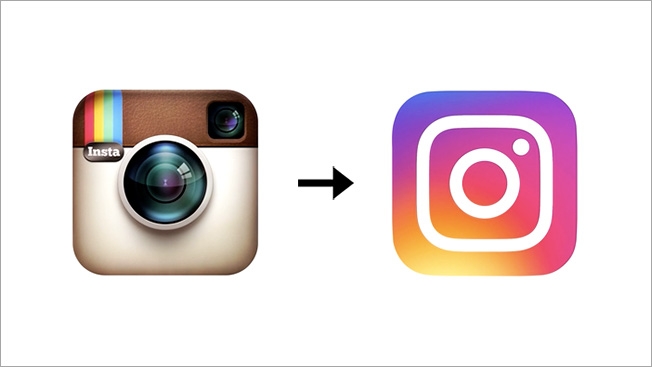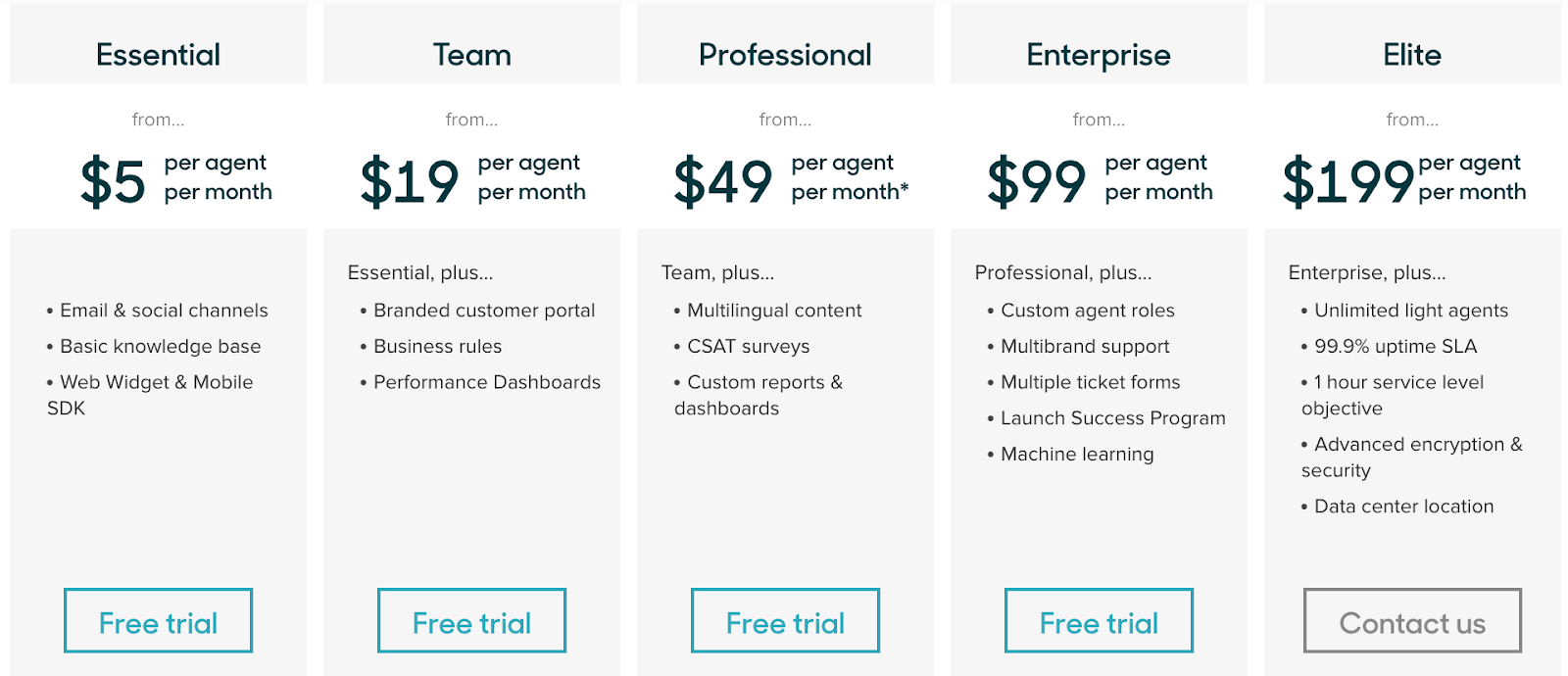9 Ways to Use Sales Psychology to Close More Deals
Published: October 27, 2016Updated: August 27, 2025

Consumer psychology studies are not only fascinating, they can help you write better business proposals and ultimately close more deals. Here are nine smart studies to help your sales.
If you’re a designer or marketer, you likely know that humans usually aren’t the logical beings we like to think we are. As products of evolution, our brains have adapted to make some pretty surprising choices that defy common sense.
Decades worth of research has uncovered some of these surprising gems, and while they’re often used to market consumer goods, never forget that the people you sell your services to are also human, and have the same biases.
Here are nine consumer behaviour studies that you can learn from to write more persuasive business proposals:
1. Sunk Cost Effect
We’re reluctant to pull out of something we’ve put effort into.
Source: Arkes, Hal R., and Catherine Blumer, “The psychology of sunk cost”, Organizational Behavior and Human Decision Processes, Vol. 35, No. 5, December 1985, 124-140.
When we pay a lot for something, or put a lot of time into it, we want to stick with it, even if it’s not working for us.
We see this in SaaS all the time where companies have been using a particular product for years and a newer, better tool comes out. People may be reluctant to switch because they feel it’s more painful to pull all their data out of the old tool and train everyone on the new one, even if it will improve their business in the long run.
It’s not just switching products either, the more you invest in something the more you want to use it too. In a study in Singapore (Ho, Png & Reza, 2014) researchers found that the larger the sunk cost in buying a car, the more the owner actually drove that car.
Takeaway
Getting your marketing qualified leads to invest time and energy into the sales process is a good way to suss out tire kickers and focus your energy on the best leads.
You may think that making leads work for a proposal is a bad thing. But if, for example, they take the time to fill out a large request for proposal document or attend a webinar first, they may be more inclined to accept your proposal because they feel they’ve already sunk a lot of time into it.
Secondly, clients are always going to be hesitant to big changes on how they operate if you haven’t yet established a trusted relationship with them.
So you may think that their CMS is totally outdated and needs to be replaced, but if you suggest too large a switch in your proposal it can hurt your chances of winning. Propose smaller steps to get your foot in the door and work with them before you suggest ripping out the engine and starting over.
2. Negativity Bias
We've a greater recall of the unpleasant over the positive.
Source: 2001 paper, “Negativity Bias, Negativity Dominance, and Contagion”.
I experienced this when I used to work the soundboard at my church when I was younger. If I made a mistake and turned on the wrong mic, everyone looked back at me. But the other 95% of the time when things were running smoothly, nobody noticed, and they likely never thought, “Hey, the kid working the sound is doing a great job!”
Daniel Kahneman, in his book Thinking Fast and Slow puts this in a more primal context:
“The brains of humans and other animals contain a mechanism that is designed to give priority to bad news. By shaving a few hundredths of a second from the time needed to detect a predator, this circuit improves the animal’s odds of living long enough to reproduce.”
Bottom line - people are risk averse and any bad experience they’ve had can taint how they view something, even if it’s overall been positive.
Takeaway
When we’re selling, take into account any perceived risk the lead may have and focus more on the positive to overcome the negativity bias. People require more convincing that you might think.
3. Optimism Bias
When looking to our future, we tend to inflate the good stuff and downplay the bad.
Source: Sharot (2011), The Optimism Bias. Current Biology.
The opposite side of the negativity bias is the optimism bias.
Research suggests that we deliberately choose to ignore information that we don’t really want to hear while embracing the good stuff. Most people believe they’ll never be the one to get a life threatening disease and instead will live until they’re 100. In fact, this is likely a psychological mechanism to keep us from getting depressed!
Takeaway
Take optimism bias into account when estimating a project. Humans are notoriously bad at sticking to estimates as we always tend to think projects will take a lot less time than they actually do.
Being realistic with a client in terms of how much something will cost to produce or how long it will take to complete may make it harder to close a deal, but you’ll be rewarded down the road because they’ll trust you to tell them truth rather than what they want to hear.
4. Nostalgia Effect
When a person feels socially connected to others, their desire to hold on to their money will weaken.
Source: Lasaleta, Sedikides & Vohs (2014) Nostalgia weakens the desire for money. Journal of Consumer Research.
This reminds me a lot of the carousel pitch delivered by Don Draper in Mad Men.
He makes the case for why nostalgia is effective: “In Greek, it literally means pain from an old wound. It’s a twinge in your heart far more powerful than memory alone.”
This may explain why people went ape-shit when Instagram updated their logo to be less of a skeuomorphic homage to old Polaroid cameras.

There’s a link between nostalgia and social connectedness.
Think about how on social media people bond over games, TV shows, music and clothing from the era when they were kids and teenagers, and share old photos of themselves on #TBT.
And how Gen X’ers in particular went gaga for Stranger Things on Netflix.
In the nostalgia study linked above, it suggests that nostalgia makes you feel more socially connected, and that when you feel socially connected you become less attached to money, and therefore willing to part with it.
Takeaway
Remember to personalize your message when selling to a lead. Are they baby boomers or millennials? Chances are baby boomers would bond with you more over Gomer Pyle, U.S.M.C. whereas millennials feel more nostalgic for Fresh Prince of Bel-Air.
Don’t overdo it with the #TBT references, but remember to find common ground with your sales lead as it can put them in a “money doesn’t matter” frame of mind.
5. Price-Value Bias
How we frame a product’s price and features greatly affects its perceived value.
Source: Lee & Zhao (2014) The Effect of Price on Preference Consistency Over Time. Journal of Consumer Research.
This study suggests that when we’re looking for a product for more immediate needs, we opt for one that’s simple and easy. But when it’s required for the distant future, we tend to choose products with a lot of functionality.
However, this means that when we buy that simpler product now, we later experience a desire for one that’s more fully-featured, which causes purchase regret and dissatisfaction.
Takeaway
If your services are similar in price to your competition, potential clients need to start looking at other criteria to help them make their decision.
You could frame it so there are additional services/value-adds in your proposal but the same price as the competition. Or it could be that you charge a higher price for your services, but the client will get much more value, in terms of the quality of service you provide (proven with case studies, for example).
6. Speak-Easy Effect
Words that are easier to say are more trustworthy and valuable.
Source: Song & Schwarz (2007) If It’s Difficult to Pronounce, It Must Be Risky. Psychological Science
You’d be surprised how often sales proposals contain jargon to make the writer appear smart, but their lead doesn’t understand at all. In fact, jargon can have the opposite effect, making the writer seem untrustworthy.
This bias really all boils down to our innate desire for things we’re already familiar with. In a great study back in 1968, psychologist Robert Zajonc found that the more we experience something, the more likely we are to like it.
So while the things we’re familiar with are often considered safe, new stimuli are associated with uncertainty and risk. Think of how when you read hard-to-pronounce ingredients on a label, like ferric sodium pyrophosphate, it comes across as harmful for your body, even if it’s been approved by the FDA.
Takeaway
Always use plain language when speaking to sales leads and in your business proposals. If you’re tempted to use jargon, think about how you’d explain it to a five year old and then tailor your message accordingly.
7. Anchoring Bias
We tend to rely too heavily on the first piece of information seen.
Source: Sugden, R; Zheng, J & Zizzo, D (2013) Not all anchors are created equal. Journal of Economic Psychology 39 (2013) 21-31
Setting a high price for one item makes all others seem cheaper, though this only works when the price shown is actually plausible and not an unrealistic amount.
You’ve probably seen this a lot in infomercials where the announcer asks something like “How much would you pay for a product like this? $299? How about $199? Well, you’d be shocked to know we are selling this at the low price of $49!”

We see anchor pricing in SaaS all the time, where the highest tier makes the middle tiers appear much more affordable.

Takeaway
You should always discuss budget with leads before working on a sales proposal to make sure you’re in the same ballpark and not wasting your time. But let’s say you and the client arrive at somewhere around $20,000 for the project. That’s what they’ll be expecting in the proposal.
Then when they get the proposal it’s a couple thousand dollars less than what they were expecting. The psychology suggests that this has a better effect than if they opened it expecting $18,000 and got exactly that.
8. Round Pricing Preference
We perceive round numbers as more trustworthy and representing higher quality.
Source: Lynn, Flynn, & Helion (2013) Do Consumers Prefer Round Prices? Journal of Economic Psychology
The evidence suggests that we want clean, round numbers when buying, which is contrary to the common opinion that using $X9.99 tricks people into thinking it’s cheaper.
Speaking first hand, I ran a test in the past on Proposify’s pricing page. The control group displayed prices like $50/mo and $100/mo. The variation used $49 and $99. The control group - the round number - converted at a much higher rate than the variation.
Takeaway
We often don’t think about pricing details like this in business proposals as much as in consumer products, but using round numbers can clearly build trust in your offering.
9. Choice Paradox
Too much choice will lead to indecision and lower sales.
Source: Iyengar, S; Lepper, M (2000) When Choice is Demotivating Journal of Personality and Social Psychology, 2000, Vol. 79
In the famous study of jam, consumers were more likely to buy when offered a choice of six jars of jam (40%) instead of a choice of twenty-four jars of jam (3%). Consumers also reported greater buying satisfaction.
I have felt this when ordering a burger and being asked what I want on it. There’s 30+ ingredients in front of me. I like it all. Why don’t YOU tell me what I should have on this type of burger?
Burgers are one thing, but consider someone making a decision about an important long-term investment. If they put off making the decision because of too much choice, this could have more serious implications. And you run the risk of not closing anything.
Takeaway
You should offer a few options in a sales proposal but not too many, otherwise it can delay a decision from being made. People expect the experts they’re hiring to guide them on what they should do. If you’re selling a website project, don’t make them decide on every feature otherwise they may as well just go to Squarespace and do it themselves.
Conclusion
Much credit should be given to the website, Cognitive Lode where I found all these examples of studies and their explanations. Learning more about the psychology of human behaviour and why we do the things we do can give you the competitive advantage in sales. The more you understand about people, the more you’re going to be able to give them what they need, how they need it, when they need it. And ultimately, giving people what they need means more closed deals.

Co-founder and CEO of Proposify, and co-host of the Levership podcast. Outside of Proposify, he plays in the band Club Sunday, who put out their first LP in 2023 and enjoy playing live shows every chance they get. Follow him on LinkedIn.

